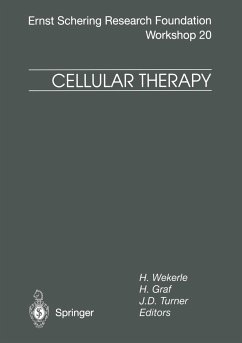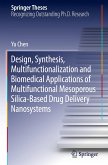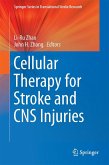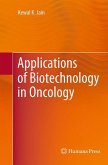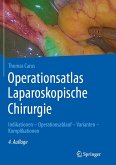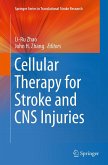The use of cells for the treatment of a variety of diseases is no longer a dream. Today, blood transfusion, bone marrow transplantation, the use of ex vivo cultured skin in wound healing, and peripheral stern cell transplantation, including the ex vivo expansion of hematopoietic stern cells after high-dose chemo/radiation therapy, are routine. This high standard of knowledge and skills in cell transplantation might also re sult in tackling hitherto untreatable diseases. Organ transplantation is presently the only life-saving treatment for a variety of conditions. Important findings in cell and molecular biol ogy, the identification of hematopoietic, mesenchymal and neuronal stern cells, together with breakthroughs in the methodology for isolat ing, purifying, expanding, and storing human cells could make cellular therapy an alternative to organ transplantation in certain diseases within the next decade. Placental blood may be the source of choice in isolating naive progenitor cells for allogeneic transplantation. Immunotherapy is the most hopeful strategy to date for the treat ment of tumors resistant to chemotherapy, radiation therapy, or hor mone therapy. It includes the use of tumor-infiltrating lymphocytes, ex vivo activated memory T lymphocytes, and cell-based vaccines.
Bitte wählen Sie Ihr Anliegen aus.
Rechnungen
Retourenschein anfordern
Bestellstatus
Storno

